Erieta Attali – LIMINA
Photography exhibition at the Byzantine and Christian Museum, Athens
Opening Thu. 08th of July
Exhibition Part I
LIMINA – Spaces in between spaces
–Text © Alessio Assonitis
The Latin word limina—plural neuter of limes—comprises more than one meaning. It primarily indicates thresholds, doors, entrances, barriers, beginnings and/or ends. This term can also mean homes or dwellings. (Closely related is the word limes—limites in the plural form—which means boundary or limit, but also passage or trail.)
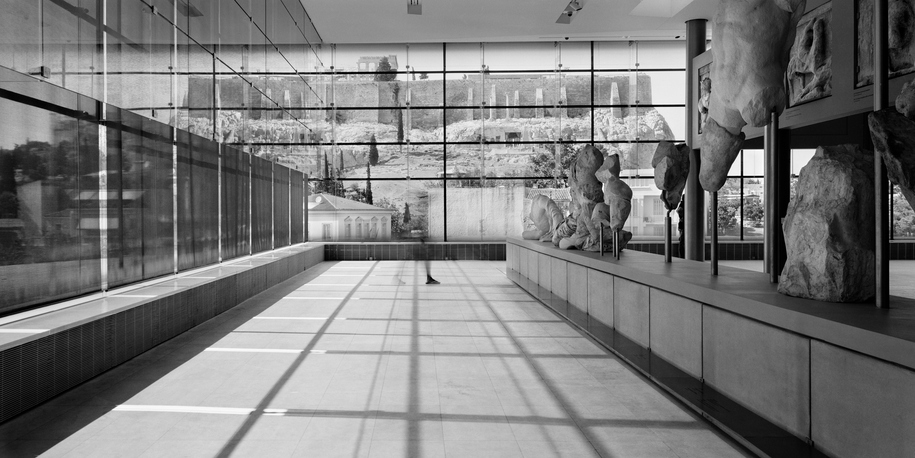
BERNARD TSCHUMI ARCHITECTS, THE NEW ACRPOLIS MUSEUM, ATHENS
In a broad sense, limina convey the precise or blurry lines that mark physical, social, religious, or even emotional space. Limina establish distances or proximities. Limina divide but also join together. Limina enable and empower spaces, but also abolish and even desecrate them. Limina pave ways and point towards directions. Limina secure order, but also stimulate dialogue which can lead to tension, and, ultimately, dissent.
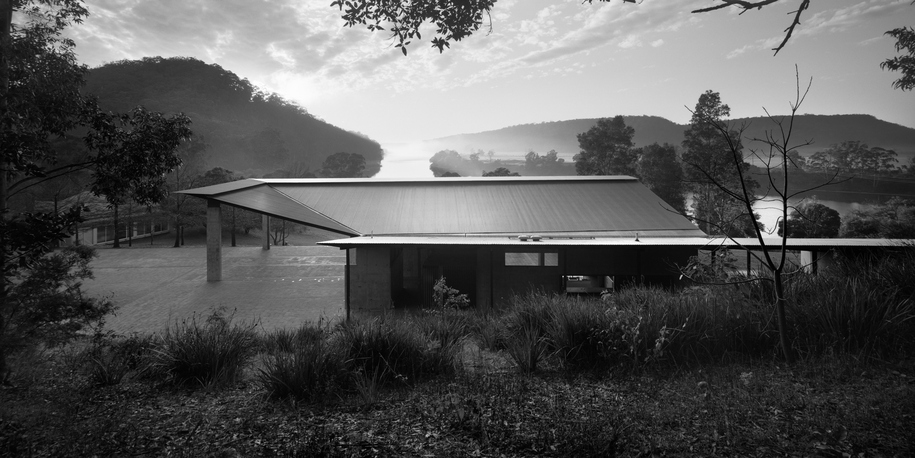
GLENN MURCUTT – BUNDANON TRUST, NSW, AUSTRALIA
When reviewing the scholarly studies on Erieta Attali’s visual exploration of the dialectic negotiations between τέχνη and φύσις, one inevitably comes across terminology that resonates contemporary conceptualizations of limina. We read about boundaries, barriers, interstices, demarcations, margins, extremities, journeys, breaches, isolation, impenetrability, periphery and sacrality. Indeed, most of her oeuvre challenges the viewer to detect patterns of interpenetration between architecture and nature.
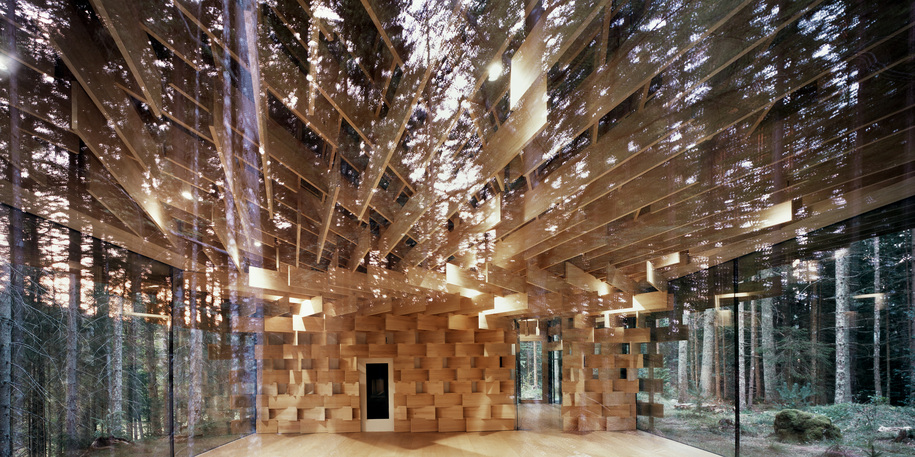
KENGO KUMA ARCHITECTS, YOGA CENTER, BAVARIA, GERMANY
In the 2010 volume In Extremis: Landscape in Architecture, Attali mapped mostly domestic structures that are ensconced in arid, lunar landscapes, cast away in barren deserts, or nestled in impenetrable brush. While mapping these environments in extremis, she increasingly became attracted to buildings that integrate themselves with uncompromising surroundings; struggle desperately to retain a modicum of formal identity; emerge triumphantly from nature’s viscera; and are overwhelmed by the elements. In some cases, these dwellings function as asylums from the landscape’s austerity: final markers of human intervention before crossing the point of no return. In other instances, they remind us of pilgrims’ stations during strenuous wayfaring. Whether situated in the Atacama Desert (Chile) or on the Aurlandsfjord (Norway), Attali carefully charts these geographies and retraces the itinerary of this contemporary pilgrimage. However, unlike the linear trajectory of El Camino towards Santiago de Compostela (or towards Finisterrae), many of sites that delineate this journey seem to be propelled by centrifugal forces, moving outwards, away from a center, and scattered into the ends of the Earth.
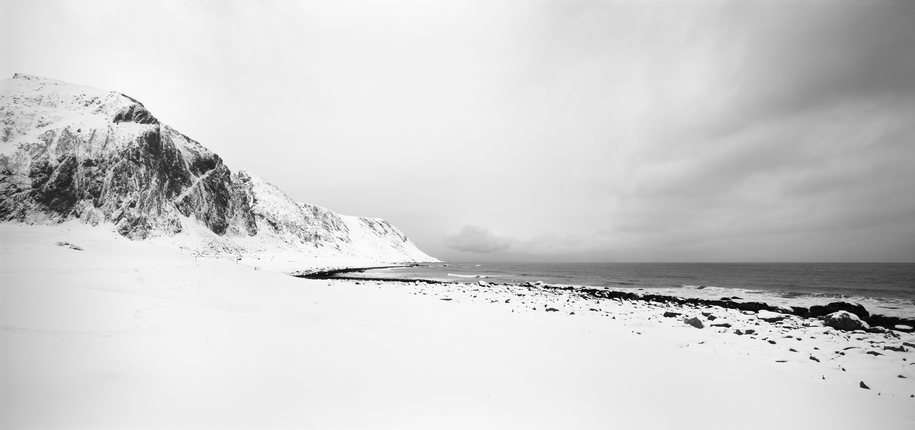
LANDSCAPE LOFOTEN ISLAND NORWAY
During the course of her extended research, Attali also reflects upon the distances that separate peripheries from their focal points. In many ways, this constitutes her νόστος: a homeward journey towards a personal and cultural center, one that makes reference to her early work as a photographer of archaeological sites. She monumentalizes this personal and cultural debt by fashioning Bernard Tschumi’s New Acropolis Museum into a basilica nave. The Periclean citadel—just like a church altar—is sublimized by a perspectival fuga, punctuated by the sculpture from the west pediment on the right and by parallel shadows etched on the pavement. Effectively, this becomes a space of mediation between the urgency of contemporaneity and the memory of tradition.
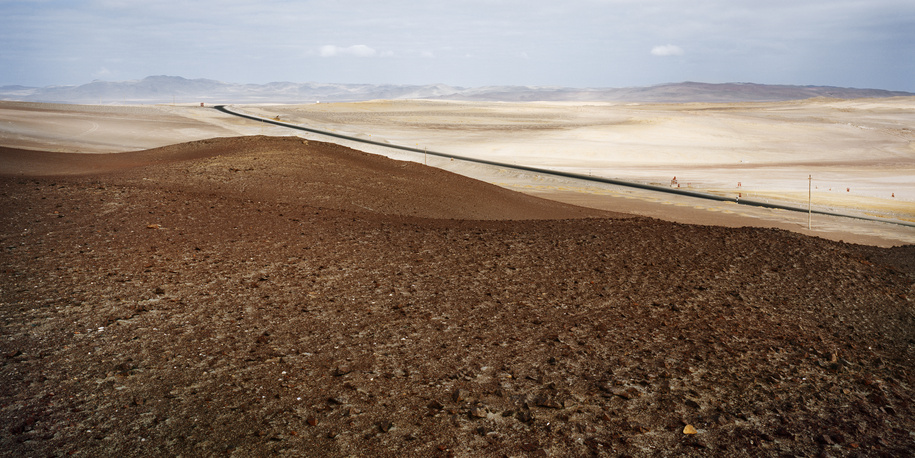
LANDSCAPE PARACAS NATIONAL RESERVE, PARACAS, PERU
The theme of the pilgrimage—of a journey towards sites of personal enlightenment—is very much present in her study of domesticity. Rather than distancing herself from the site, she enters the premises and experiences the intimacy of the hearth. While her previous modus operandi has been to allow landscape to mediate between—or even interfere with—the viewer and architecture, Attali turns inwards, providing a different interpretation of her research on landscape into architecture, one that frustrates conventional viewpoints. Glass becomes the rigorous protagonist. It reassesses the function of limina by filtering (and allowing) light. One is confronted with spaces galvanized by their own internal glow, silencing the landscape whose enveloping presence looms in the background. Elsewhere, square and rectangular window partitions deconstruct an alpine landscape and remind us of the fragility of divisions. The open-glass walls become canvases, onto which and through which reflections, glares, deflections, and transparencies are carefully indexed.
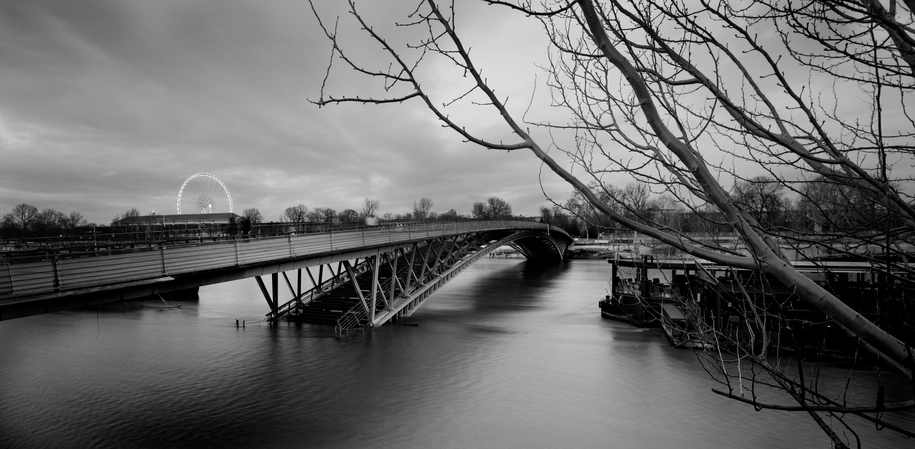
MARC MIMRAM SOLFERINO BRIDGE, PARIS
Effectively, Attali is a taxonomist of limina. She understands their protean nature, tries to unlock their stratigraphies, and ultimately archive their multifaceted incarnations. As such, they become her personal unit of measure with which she redefines the rules of engagement of the “spaces in between spaces.”
Exhibition Part II
Paris | Echoes of Absence
-Text © Erieta Attali
Spring 2020
As a photographer of architecture and landscape I have always avoided the inclusion of human subjects; photographing and exploring for almost three decades the limits of man-made structures and their dissolution into nature. at the “Edges” of the world using a bulky Large format camera.
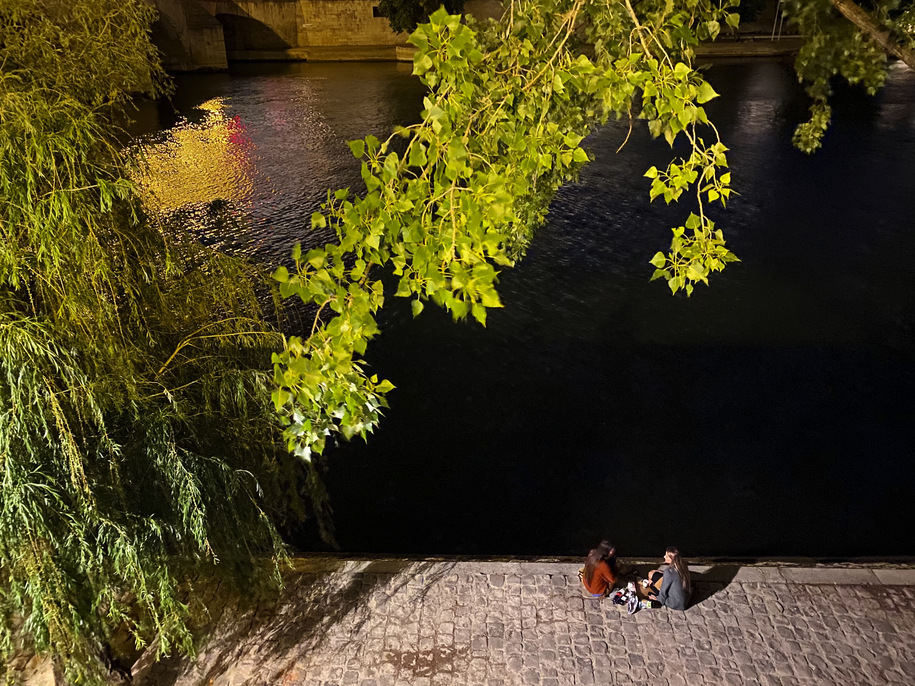
The intentional absence of humans in my photographic body of work, doesn’t imply an exclusion of human presence or memory; quite the opposite. While I have been deeply fascinated by the forsaken barrenness of liminal landscapes, I always end looking for a trace, even as a memory, of human presence.
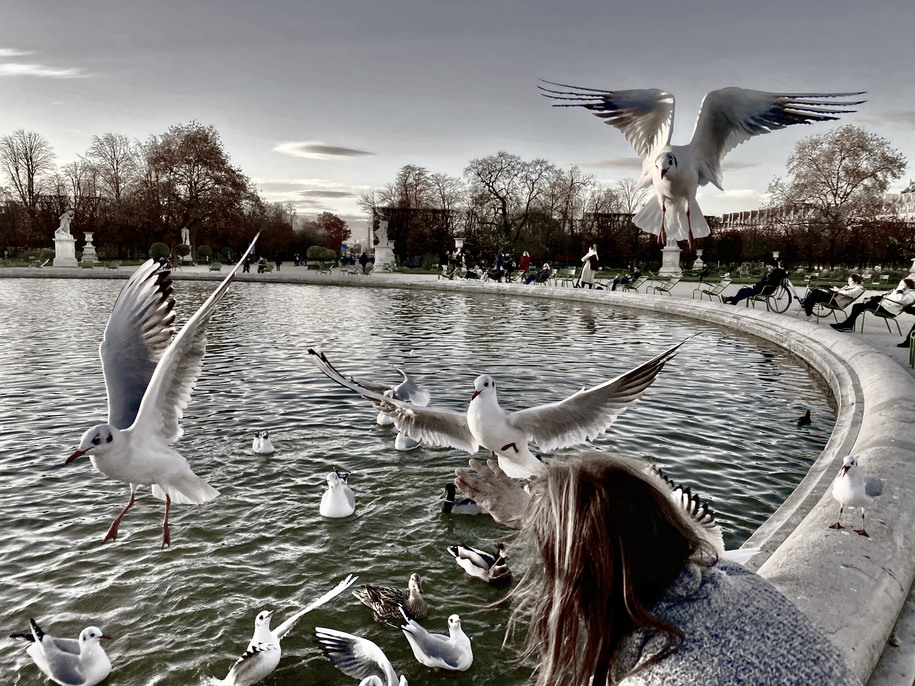
Αs a major shift in my career, more than a year ago I arrived in Paris with the intention to capture the birth of a new landscape by locating transitional zones along the river Seine and linking them through a photographic account, a narrative that begins with Paris and its historic center but is ultimately directed toward the Seine and its transformations, following the constant expansion of the built environment and the dynamics that arise from it.
Living under the threat of the pandemic, being called to live all of us in isolation, the overly crowded streets of Paris, have become desolate landscapes with a terrifying beauty overload with fear in the eyes of the few who step out of their door after the twilight and with the runners occupying the silence of Paris.
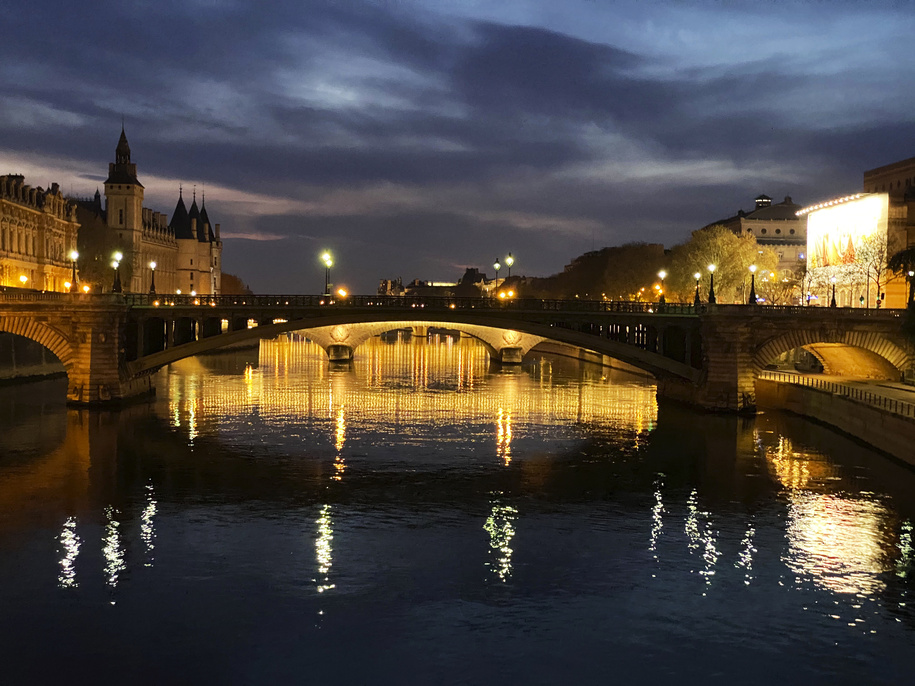
This time, instead of using my Linhof camera, my decision to photograph the silence and human absence in Paris; where the city almost becomes a cinematographic set, has been recorded with the use of a smartphone, representing 21st century way of living, wandering fast through the city, during the 1 hour exercise permit time by the authorities.
Intentional use of B&W high contrast emphasizing on the emotional experience of the lockdown. Cinematic ambience with almost the feeling of living in a post war era, buildings and empty avenues swallowed by the mysterious ” darkness”, monuments gaining a voice and the statues looking at the city over the centuries with timeless beauty.
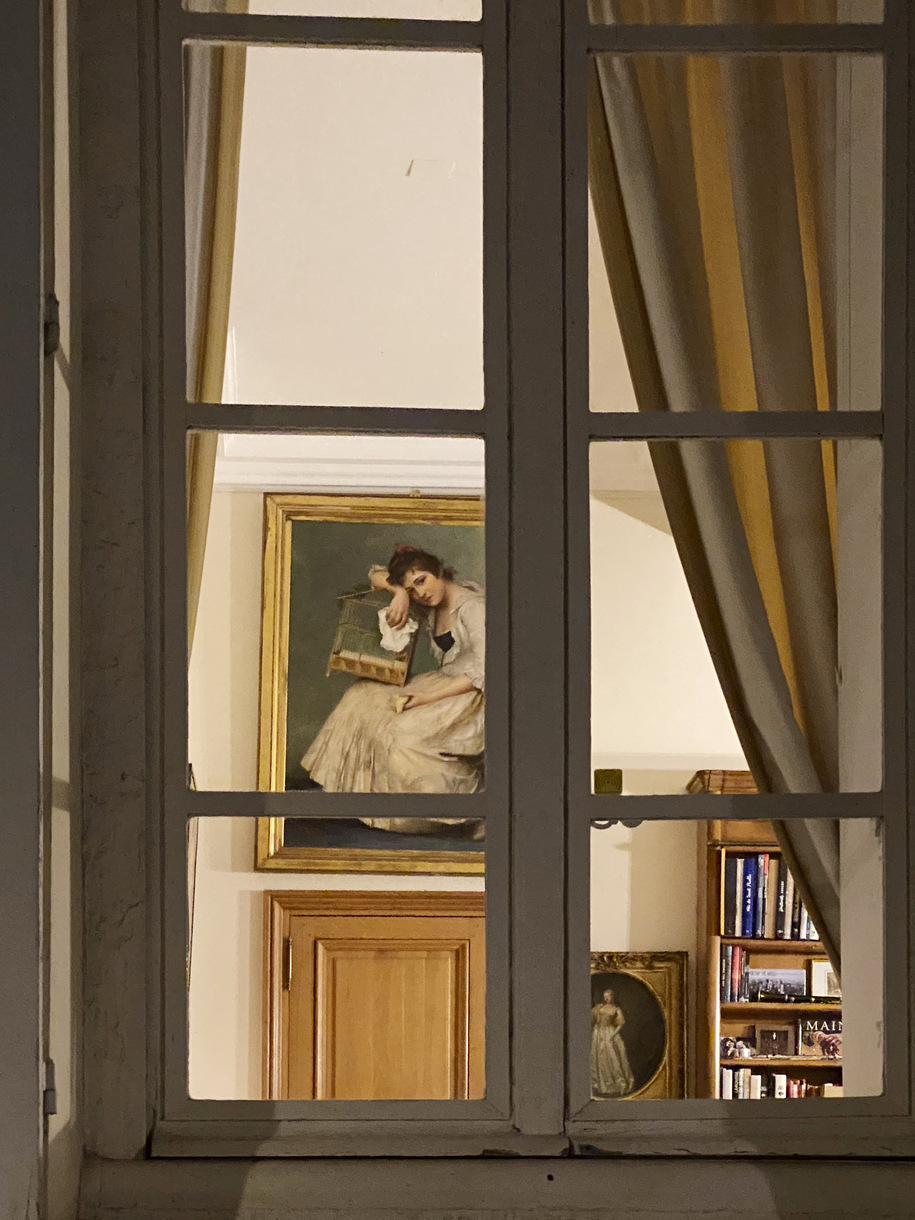
The asphalt becomes dominant, avenues with cyclists to deliver food to the millions of enclosed citizens, empty buses, loner runners and myself as one of them, looking at the city as quick as I can make it, within this 60 min of strolling around.
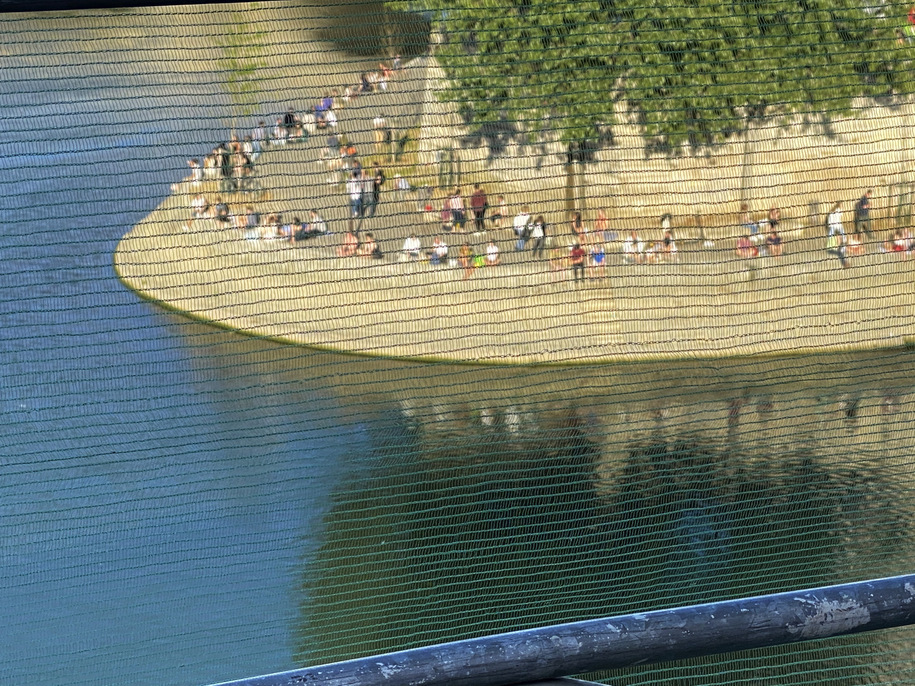
I see “The Third Man” hiding behind the dark corner of a building.
Fall 2020
The collection of photographs produced throughout the Fall 2020 in Paris, conjures a feeling of a solitary walk through an austere and ancient urban forest. Even the modern buildings appear as if they are ancient relics. They take on the quality of records of past social organization, practices and value systems. Seeing the buildings unsheathed from the usual layer of modern human activity amplifies the sense of their historicity and narrative connotations.
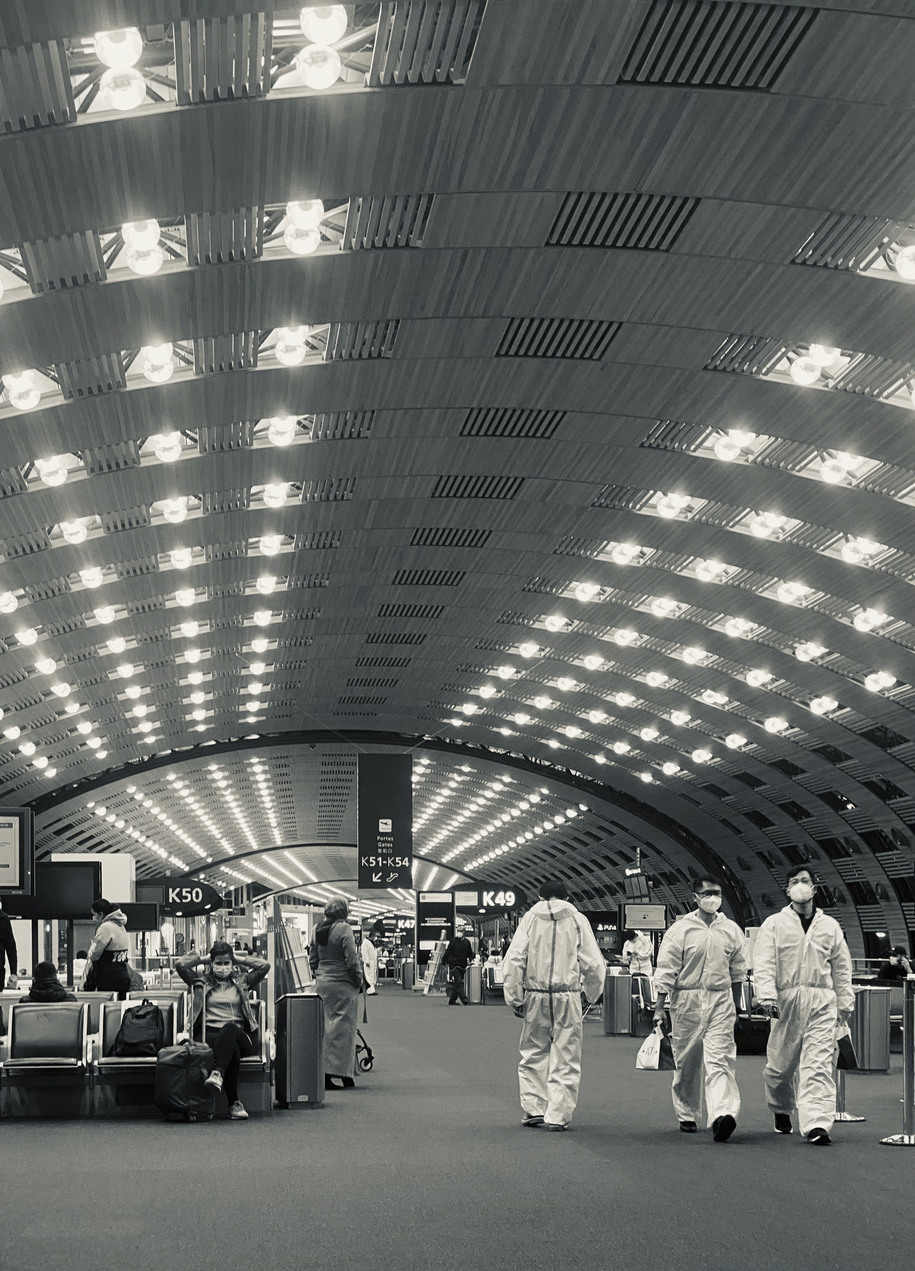
Perhaps it causes us to question their meaning and utility for the imminent future world where the parameters of human intersection will change. There is a tension between the materiality and monumentality of the structures of our immedi- ate past and the impermanent, transient and fluid ways in which human interactions have been evolving over the recent months of the pan- demic. Nothing now has the stability of the old urban terrain. Life reflects the fluidity and dynamism of the river, connected more urgently with life and death. The silence and the insularity of lockdown removes the utilitarian functions of buildings and decays them as pure architectural objects, spaces, historical reference points for the city. They sit isolated in a pure urban relationship.
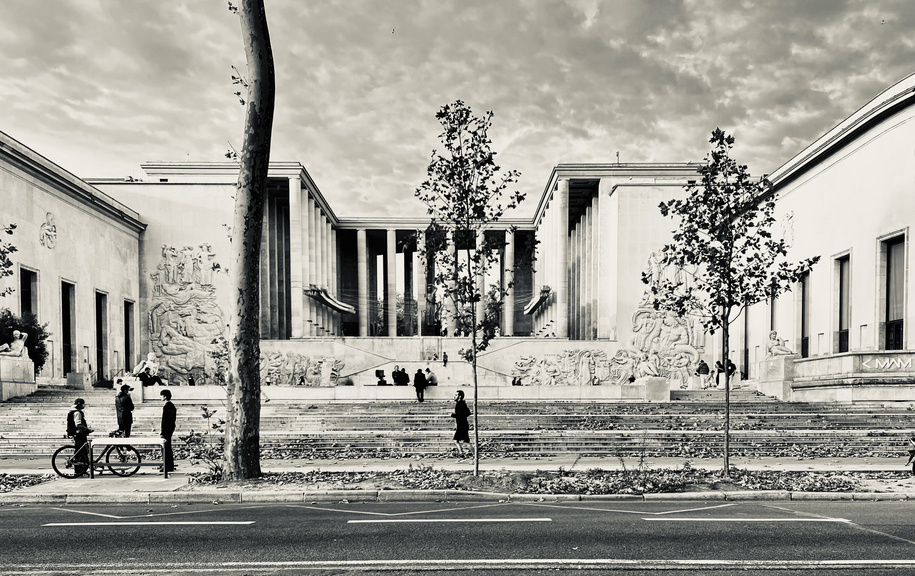
Reconceiving the role of the city dweller and the urban visitor/traveler.
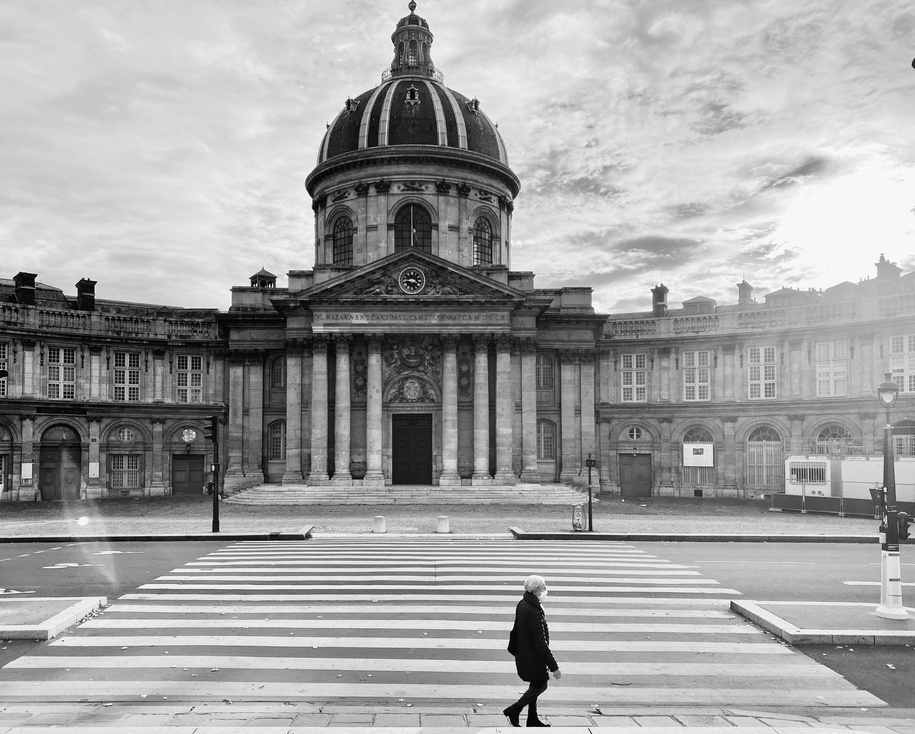
This muted, new urban scenery calls into question the effect of these structures on the psyche of the city, and or our redefined relationship to the cities themselves. How will that urban psyche change when there is little or no direct physical experience of urban space by humans? What do humans draw from their bodily experience of scale and materiality? What can we learn from the patterns of rehabilitation? What environments do humans re-inhabit when permitted and what environments become obsolete? And how will we return to the city, not only as inhabitants but also as visitors, now that travel itself has taken the guise of a potential danger to public welfare?
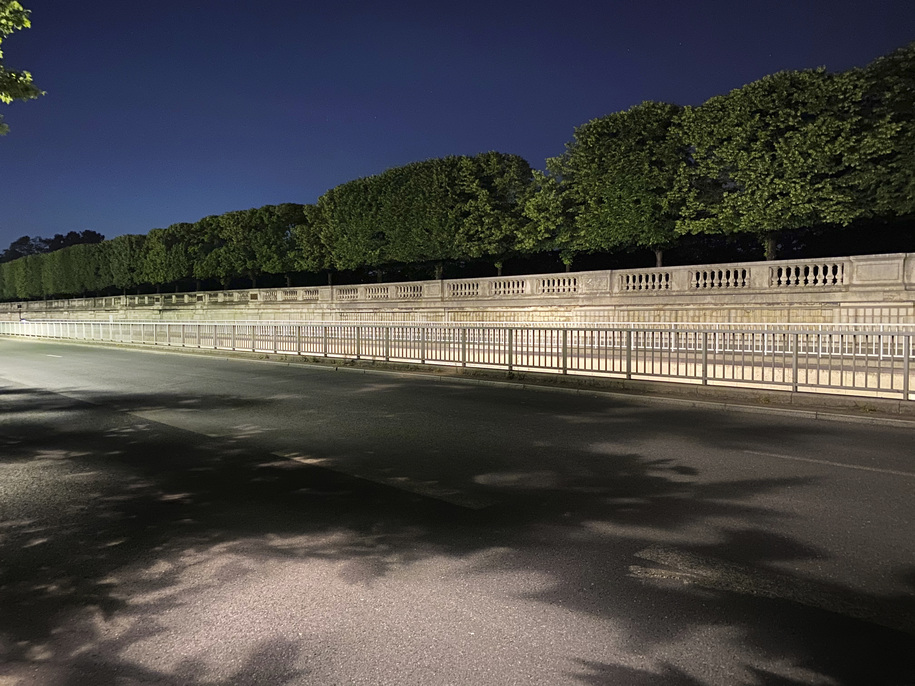
The visitor is becoming the “stranger” once again, as our global and interconnected urban continuum is turning back into a fearful introversion, and uncertain tentative hermeticism? What will become of a city like Paris, that has built a large part of its identity on the very interaction with the millions of globe- trotting tourists, that it is now trying to keep at arm’s reach?
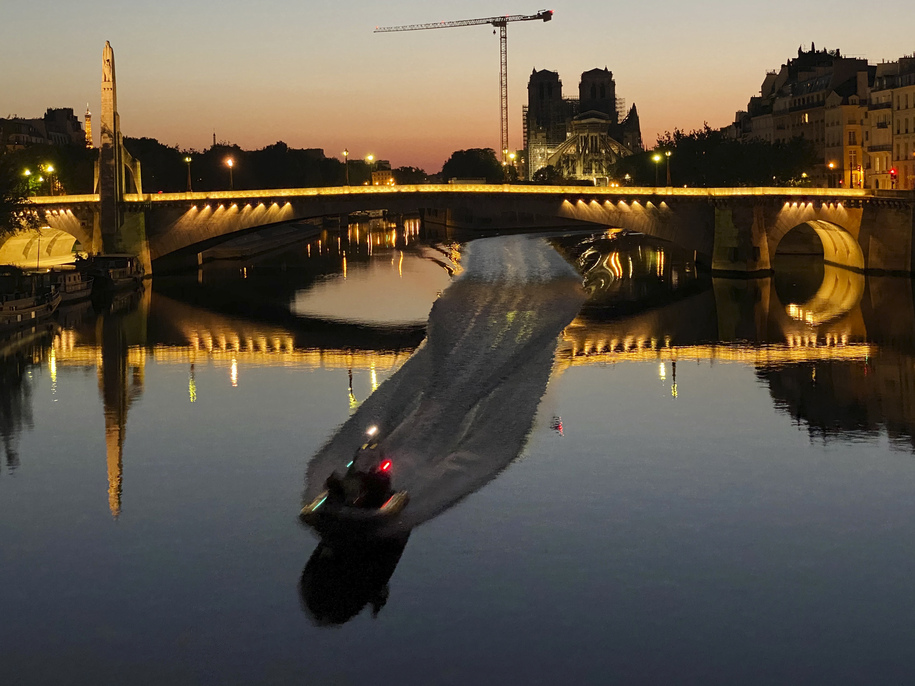
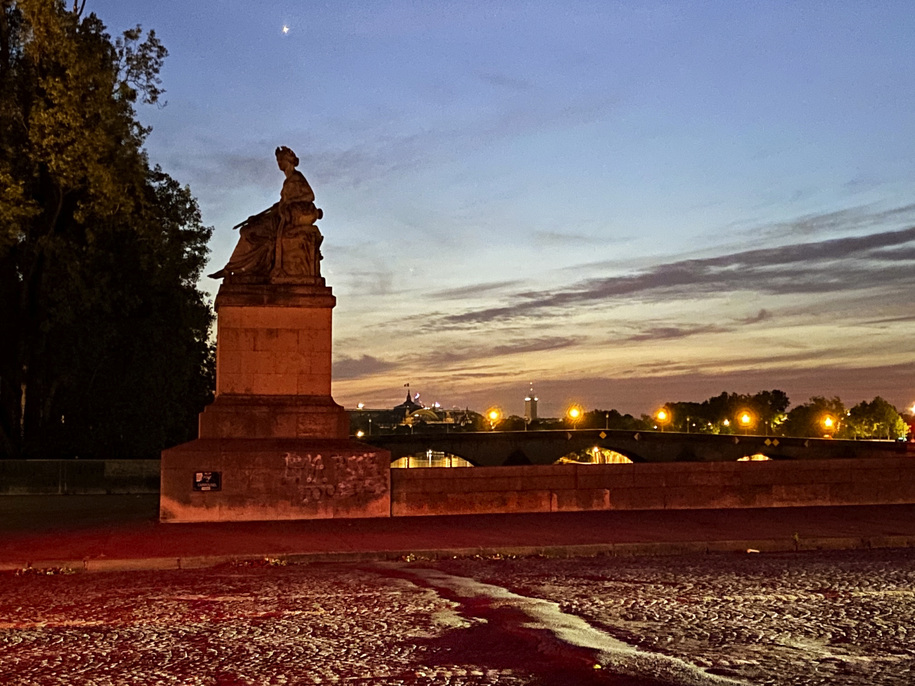
You can find Erieta Attali’s, award winning book “Periphery | Archeology of Light” here
You can find “Marc Mimram: Structure | Light Landscapes of Gravity Through the Lens of Erieta Attali” book here
You can find “GLASS / WOOD Erieta Attali on Kengo Kuma” book here
Erieta Attali (Tel Aviv)
Attali began her photographic career in 1993 as a landscape and archaeology photographer with a specialty in underground burial sites. Over the past twenty years, she has been preoccupied primarily with architectural and landscape photography, with a body of work spanning from Europe to the Americas and from Asia to Australia, sponsored by national and academic institutions globally. Attali’s photography interrogates how extreme conditions and demanding terrains provoke humankind to re-orient and center itself through architectural responses. She has taught architectural photography at GSAPP, Columbia University between 2003 – 2018 and has lectured in several universities around the world such as University of Tokyo, University of Sydney, Architectural Association in London, Catholic University in Santiago de Chile, RMIT University in Melbourne, Technion in Haifa amongst others. Attali has been an assistant adjunct professor in Architectural Photography at The Irwin S. Chanin School of Architecture, Cooper Union, NYC since January 2020 and a Visiting Professor at the National University of Singapore since January 2021. Attali’s latest book ” Periphery” is the winner of the German photo book prize 19|20 under the category Conceptual Artistic Photography. She lives in Paris, Singapore and New York City.
Credits & Details
Location of exhibition: Byzantine and Christian Museum, Athens
Museum Director: Dr. Aikaterini-Maria-Roza Dellaporta, Archeologist, Director of the Byzantine and Christian Museum | Δρ Αικατερίνη Π. Δελλαπόρτα, Διευθύντρια του Βυζαντινού & Χριστιανικού Μουσείου
Exhibition Coordinators: M. Rev. Fr Periandros Epitropakis, Archaeologist, Head of the Department of Exhibition, Communication & Education, Byzantine & Christian Museum | Αιδ. Πρωτ. π. Περίανδρος I. Επιτροπάκης, Αρχαιολόγος, Προϊστάμενος Τμήματος Εκθέσεων, Επικοινωνίας & Εκπαίδευσης, Βυζαντινό & Χριστιανικό Μουσείο
Effie Meramveliotaki, Archaeologist, Byzantine & Christian Museum | Έφη Μεραμβελιωτάκη, Αρχαιολόγος, Βυζαντινό & Χριστιανικό Μουσείο
Exhibition design, indoors: Aris Kafantaris, George Batzios
Exhibition design, outdoors: Tasos Roidis
Banner Design: Aris Kafantaris
Exhibition sponsored by: RMIT University in Melbourne, LUUN Lighting in Athens Schnitzer& GmbH in Munich
Cover Photo: © Rondo Wei
Opening hours: Wed.-Mon. 08.00-20.00
Tue. 13.00-20.00
READ ALSO: "Periphery | Archeology of Light" Erieta Attali's photography exhibition in Hamidie - Islahane cultural venue